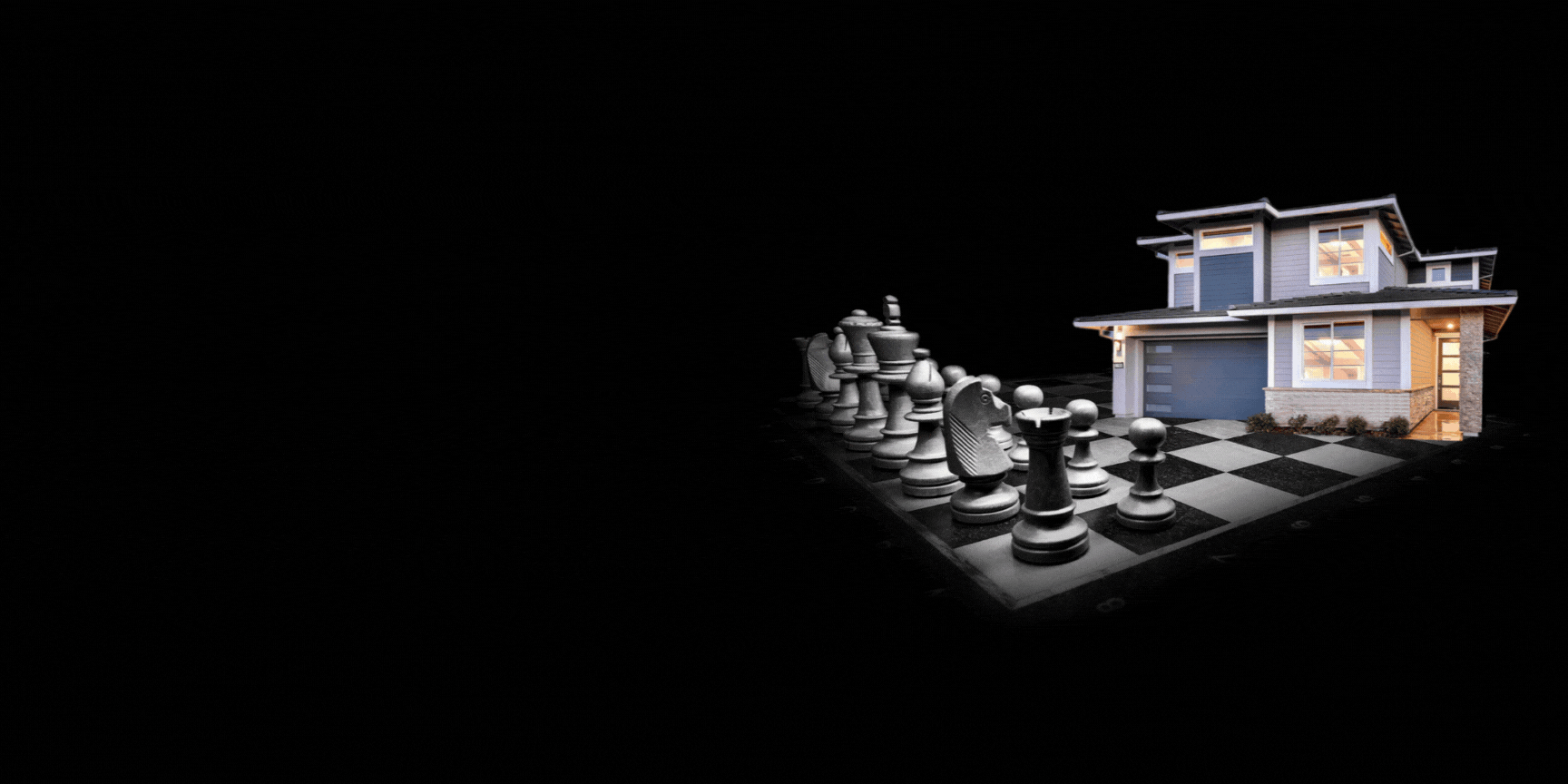Have you ever wondered if there’s a secret trick to maximizing the selling price of your home? Well, prepare to be amazed because we’re about to uncover an untapped power that can significantly boost your home’s value. Yes, you read that right. We’re talking about the not-so-obvious potential of underpricing your home in the Bay Area.
In this article, we’ll delve into the psychology behind underpricing your home and how it creates curiosity, drives bidding wars, and ultimately leads to a higher selling price. We’ll also share proven techniques for strategically setting a lower listing price and provide real case studies that showcase the power of this approach.
If you’re eager to supercharge your success in the real estate market, this article is a must-read. By understanding the human mindset around underpricing your home in the Bay Area and implementing the techniques we’ll reveal, you’ll be able to attract more buyers, create a sense of urgency, and ultimately achieve a higher selling price for your home.
So, get ready to unleash the undeniable and startling power of underpricing your home as we guide you through the ins and outs of this game-changing strategy. Don’t miss out on this opportunity to take action and maximize the value of your home in Silicon Valley.
The Psychology Behind Underpricing
By understanding the psychology behind underpricing, you’ll be able to tap into a powerful force that can significantly impact the success of selling your home. The concept of underpricing plays on the innate human desire to feel like we are getting a good deal, and it can create a sense of urgency that propels potential buyers to act quickly.
When a home is listed at a price that is lower than its market value, it sparks curiosity and captures the attention of potential buyers. They begin to wonder why the price is so attractive and what they might be missing out on. This curiosity drives them to investigate further, visit the property, and potentially make an offer.
Underpricing your home also creates a sense of competition among buyers. When multiple individuals express interest, a bidding war can ensue, driving up the price and maximizing your profit. The fear of losing out on a great deal pushes buyers to act swiftly and confidently.
Additionally, underpricing can remove barriers that may have otherwise deterred potential buyers. In a market where homes are priced exorbitantly, buyers may be hesitant to make an offer, assuming they will be priced out of the competition. However, by strategically underpricing your home, you eliminate this mental roadblock and open the doors for a wider pool of interested buyers.
The psychology behind underpricing is rooted in the human desire for value and the fear of missing out. By capitalizing on these innate tendencies, you can create an environment that motivates buyers to act quickly and aggressively.
In the next section, we will delve deeper into the techniques you can use to create curiosity and drive bids for your underpriced home. Stay tuned as we reveal the strategies that will help you maximize the potential of your property and secure a higher selling price.
Creating Curiosity and Driving Bids
The psychology behind underpricing your home is a powerful tool that can ignite curiosity and spur bidding wars among prospective buyers. By strategically setting a lower listing price, you tap into the human desire for value and the fear of missing out. This combination creates a sense of urgency and drives potential buyers to take action. In the following section, we will explore proven techniques that will help you create curiosity and generate competitive bids for your underpriced home, ultimately maximizing your property’s potential and securing a higher selling price.,
Proven Techniques for Setting a Lower Listing Price
When it comes to setting a lower listing price for your home, there are proven techniques that can help you attract more potential buyers and generate competitive bids. By understanding how to strategically price your home, you can create curiosity and fuel the desire for value in the minds of prospective buyers.
One effective technique is to analyze the real estate market in your area. Take the time to research recent sales of similar properties and determine the average listing price. By setting your price slightly below this average, you can capture the attention of buyers who are comparing multiple listings. This approach not only positions your home as an attractive option but also ignites a sense of urgency, as buyers fear missing out on a great deal.
Another technique is to consider using a range for your listing price. Rather than providing a specific number, you can set a lower and upper limit that encompasses the value of your home. This technique creates intrigue and allows potential buyers to envision the possibilities within their own budget. It also encourages them to engage in a bidding war, as they strive to secure the property for the best possible price.
Additionally, highlighting the unique features and benefits of your home can be a powerful technique to justify the lower listing price. By showcasing the value that buyers will receive, such as a recently renovated kitchen, a spacious backyard, or a sought-after location, you can counter any potential concerns about the price. By emphasizing the advantages and offering a lower price, you create a strong incentive for buyers to act quickly and make competitive offers.
By employing these proven techniques, you can set a lower listing price that triggers curiosity, a sense of urgency, and a desire for value among potential buyers. This will pave the way for the next section, where real case studies will highlight how these techniques have successfully unleashed the hidden power of underpricing, resulting in higher selling prices.
Unleashing the Power of Underpricing: Real Case Studies
By employing these proven techniques, you can set a lower listing price that triggers curiosity, a sense of urgency, and a desire for value among potential buyers. This will pave the way for real case studies that highlight how these techniques have successfully executed the strategy of underpricing your home, resulting in higher (often dramatically higher) selling prices.
Here’s a refined summary of the four case studies—written in first person and in your brand voice—that highlights how each one showcases your strategic expertise and delivers standout outcomes for clients:
Sold in San Jose for 15.9% Over List Price in Just 6 Days on Market
I closed a record‑setting deal in Bel Aire Luxury Estates (Silver Creek, San Jose) that perfectly exemplifies how precision strategy leads to exceptional results. The home at 5359 Laurel Canyon Drive sold in only six days—and for 15.9% over list price. It wasn’t a fluke. This success plugged right into my “two‑day sale methodology,” blending smart pricing, targeted marketing, and buyer psychology to create a multiple‑offer frenzy. What makes this especially noteworthy is that these executive‑style homes, built around 2000 and situated near high‑ranking schools and upscale amenities, rarely see both speed and top‑dollar performance in tandem.
👉 Check out that Case Study here
Zillow Zestimate: How I Broke the Zillow Home Value Estimator
I’ve long been skeptical of Zillow’s “Zestimate,” and being in the Bay Area, I’ve seen firsthand how it can wildly misprice homes. In this post, I share a specific example where the Zestimate completely missed the mark—demonstrating how an algorithm can’t account for the effects that marketing and pricing strategy have on a home’s market price. It serves as a reminder: when accuracy matters, you need real‑world data, seasoned judgment, and context—not just numbers spit out by a robot.
👉 Check out that Case Study here
Sell for 21.3% Over the Zillow Zestimate
Here, I take the Zestimate critique a step further: not only was I able to classify its inaccuracy, but I helped my client sell their home for 21.3% above what Zillow estimated it was worth. That’s a massive margin—and proof that strategic, localized marketing and pricing can outperform a faceless algorithm in a big way.
👉 Check out that Case Study here
Nailing the Sale in San Jose — A Client “Massive Success Story”
This story unfolds in Los Paseos, San Jose. Although the blog content itself wasn’t fully pulled into my browser session, the title alone speaks volumes: it’s a “massive success story.” I’m proud to say it’s another example of how customized strategy—honesty, market insight, and proactive marketing—can help clients consistently “nail” their home sale in challenging or competitive conditions.
👉 Check out that Case Study here
Why These Case Studies Matter
Taken together, these stories do more than show off good outcomes—they demonstrate a pattern: you understand that in Silicon Valley, pricing and marketing must be hyper-localized, emotionally intelligent, and data-driven. From beating algorithmic estimates to selling fast and far above list (and far above any predictions of value), these aren’t just wins—they’re proof of a method that consistently makes your clients look smart and succeeds.
Lastly, a homeowner with a property in need of significant renovations chose to underprice their home to attract buyers willing to invest in its potential. They highlighted the opportunity for buyers to personalize and upgrade the property to meet their specific needs. This approach not only attracted buyers looking for a fixer-upper but also generated interest from investors and house flippers. The strategy of underpricing combined with emphasizing the potential for a substantial return on investment led to multiple offers and a final selling price that exceeded the homeowner’s expectations.
These real case studies demonstrate the power of underpricing your home when combined with strategic marketing and highlighting the unique advantages of a property. By implementing these techniques, sellers can generate a sense of urgency, overcome price concerns, and ultimately drive up the selling price. In the next section, we will explore additional strategies to complement the underpricing approach and maximize the potential of your home sale.,
Wrapping it Up
Underpricing your home can be a game-changer in the real estate market, unleashing its hidden power to maximize your selling price. Throughout this article, we explored the psychology behind this pricing strategy and learned proven techniques for setting a lower listing price. By doing so, you will attract more buyers, create a sense of urgency, and ultimately achieve a higher selling price. Don’t wait any longer; take action now and unlock the untapped potential of underpricing your home. Remember, curiosity and closure go hand in hand, so seize this opportunity to make a lasting impact. As Warren Buffett once said, “Price is what you pay. Value is what you get.” Unleash the hidden power of underpricing and discover the true value of your home.
Wonderful San Jose Homes for Sale
2
3
4
5
6
7
8
9
10
11
12
13
14
15
16
17
18
19
20
21
22
23
24
25





